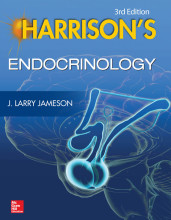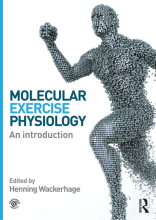Summary: The Unfolded Protein Response Is Activated In Alzheimer’S Disease
- This + 400k other summaries
- A unique study and practice tool
- Never study anything twice again
- Get the grades you hope for
- 100% sure, 100% understanding
Read the summary and the most important questions on The unfolded protein response is activated in Alzheimer’s disease
-
1 Introduction
This is a preview. There are 1 more flashcards available for chapter 1
Show more cards here -
How can AD be characterized at the protein level?
It is a disease characterized by the accumulation of misfolded proteins (b amyloid and p-tau) -
How is the unfolded protein response triggered?
By the sensing of unfolded proteins in the ER, through binding of BiP to the misfolded protein. -
To which structures is BiP bound under normal physiological circumstances?
- PERK
- ATF-6
- IRE-1
-
What happens to the to BiP bound structures when BiP binds a misfolded protein?
BiP is released from PERK, ATF-6 and IRE-1 -
WHat are the consequences of the unfolded protein response in the short term?
- Reduction of translation (downregulation of eIF2a)
- Increased protein degradation
- Increased production of BiP
- Reduction of translation (downregulation of eIF2a)
-
What may be the fate of cells under prolonged ER stress?
Cell apoptosis -
What makes the UPR relevant to AD?
In AD the current hypothesis is that both amyloid beta and p-tau (which are intracellular and extracellular misfolded proteins) are at the core of pathogenesis. deficient UPR may play a big role in the onset of AD. -
How was the UPR studied?
By BiP and PERK as markers for UPR activation. -
2 Material and Methods
This is a preview. There are 1 more flashcards available for chapter 2
Show more cards here -
What kind of species were investigated?
Elderly humans with AD and elderly humans without AD AND dementia -
3 Results
-
3.1 Expression levels of BiP/GRP78 are increased in AD temporal cortex and hippocampus
-
What might be a pre-eliminary conclusion based on the results for BiP?
BiP expression is increased in higher stages of AD, this may indicate a relationship between BiP expression and AD progression.
- Higher grades + faster learning
- Never study anything twice
- 100% sure, 100% understanding
































